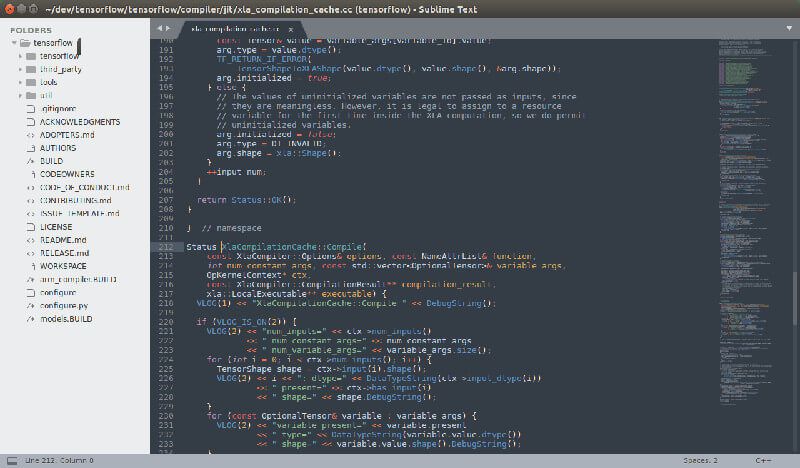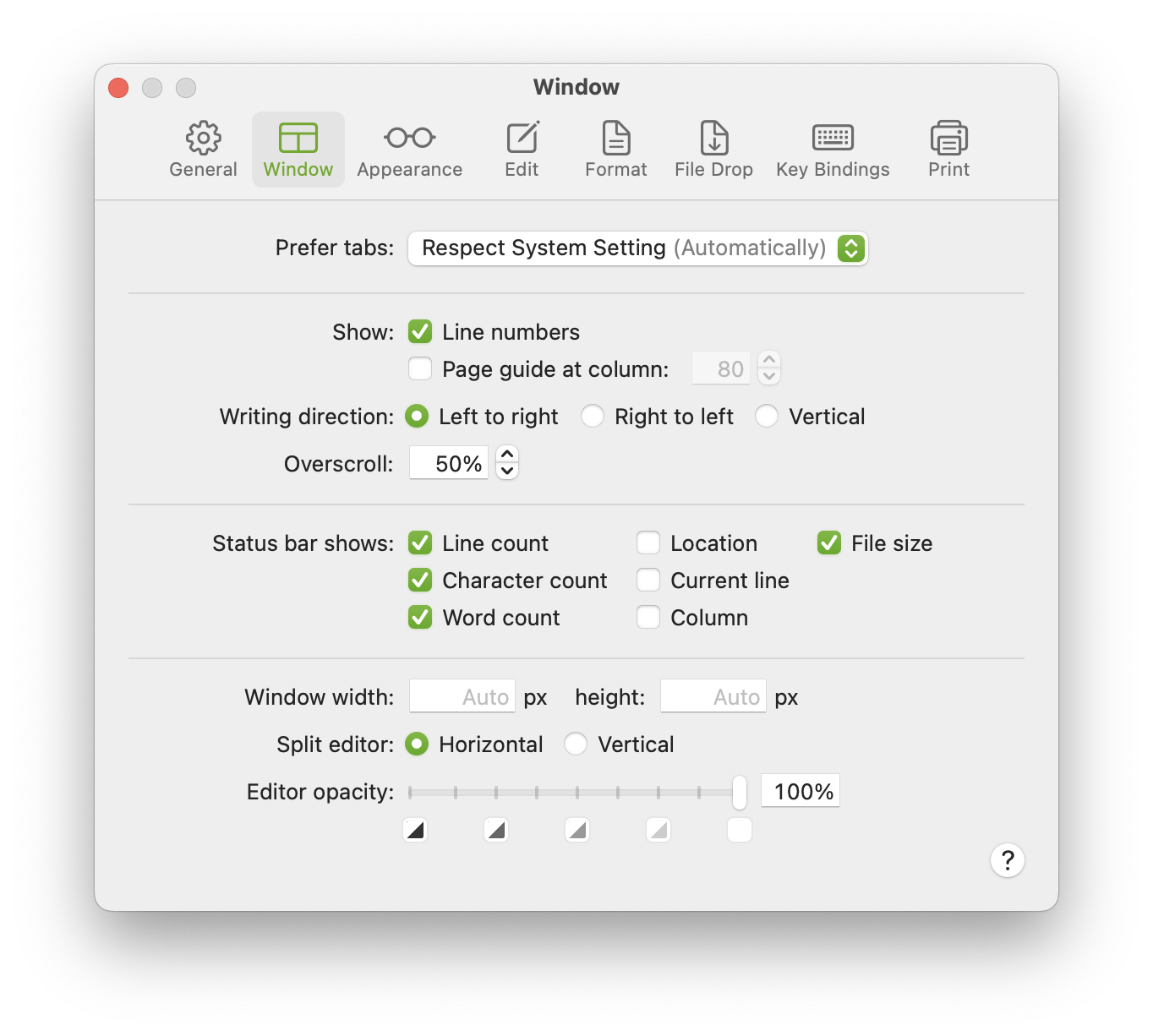

- #PLAIN TEXT EDITOR ON MAC HOW TO#
- #PLAIN TEXT EDITOR ON MAC SOFTWARE#
- #PLAIN TEXT EDITOR ON MAC CODE#
- #PLAIN TEXT EDITOR ON MAC WINDOWS#



However, I am giving it 4 stars instead of 5 for two reasons: I love the clean, simple interface and especially the speed with which it launches. This is the fastest editor I have seen for working with small text files. Character inspector that shows the zoomed glyph and Unicode information.Auto-generated outline menu for fast navigation.Handling file encoding and line endings with care.Auto-backup with/without overwriting actual document files.Powerful find and replace with the regular expression.Syntax highlighting including more than 50 preset languages.You can also easily write your own macro in your favorite languages. There are, of course, syntax highlighting feature for various languages, find and replace with the regular expression, auto-indentation, command-line tool, and lots of other deep functions.
#PLAIN TEXT EDITOR ON MAC SOFTWARE#
However, at the same time, CotEditor is neither a software only for beginners nor a typical minimal “zen-style” editor. The simply organized user interface doesn't disturb your task. It's perfect for you to write a draft version of your document or a scratch code. There are no complex configuration files that require geek knowledge so that you can access all your settings including syntax definitions and themes from a standard preferences window.ĬotEditor launches so quick that you can write your text immediately when you want to.
#PLAIN TEXT EDITOR ON MAC HOW TO#
It means, you already know how to use it even on the first launch. CotEditor looks and behaves just as macOS applications should. The application is exactly made for macOS. They all also have large communities behind them, which means that there are constantly new features and plugins being released to account for new and changing needs.CotEditor is a light-weight, neat, yet powerful text editor designed for editing plain-text files such as web pages (HTML, CSS), program source codes (Python, Ruby, Perl, etc.), structured texts (Markdown, Textile, TeX, etc.), or any other kind of plain-text. It doesn’t have much in the line of additional features though, so if you’re looking for something more, here are a few good all-rounders:Īll of those text editors have optional plugins available that add additional functionality, like syntax highlighting or other specialized language support, making them closer to an integrated development environment (IDE) than a word processor.
#PLAIN TEXT EDITOR ON MAC WINDOWS#
Notepad is the most obvious choice for a plain text editor since it has been included with Windows for nearly 40 years. There is no need for a Word Processor in those cases, it’s like swatting flies with a sledgehammer - majorly overkill. Other times, you just need to jot down notes, write out some ideas quickly, or edit something like the hosts file. Alternatively, you could be using a specialized typesetting language like LaTeX, which has specific formatting rules you need to follow. Microsoft Word would constantly be complaining about your spaces, your capitalization, or how you’re using inappropriate punctuation because you have semicolons and paired brackets everywhere.
#PLAIN TEXT EDITOR ON MAC CODE#
The exact use cases vary - sometimes, the intelligent features of modern Word Processors might actually get in the way, like if you’re writing code in a language that requires specific formatting (which is a majority of them). They use fewer resources than sophisticated word processors, and there is no possibility of accidentally embedding formatting-related code in a file that shouldn’t have any. Generally speaking, plain text editors shine in situations where you don’t need, want, or care about automatic or fancy formatting options. RELATED: What Is Plain Text? Why You Need a Plain Text Editor Using plain text helps minimize compatibility issues and keeps file sizes to a minimum. Plain text is also the standard for writing code for scripts or for programs. Most all the configuration files applications - and operating systems - use are saved as plain text. Plain text is the exact opposite - any formatting parameters you include are visible and must be explicitly written out.


 0 kommentar(er)
0 kommentar(er)
